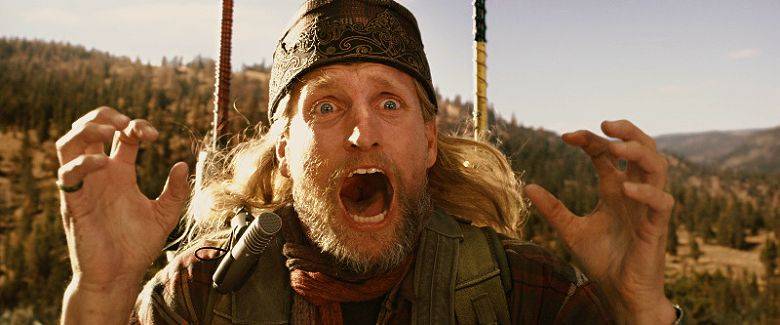- Thread starter
- #61
Plate tectonics and seismology involve so many variables that making predictions is so difficult that proclamations such as this are ridiculous. That's why even the most seasoned seismologists will not link a prediction to a specific time window. Fail thread.
Actually, the day I posted this thread our local TV station announced the 6.3 quake on the Juan de Fuca plate, and the geologist said that they were going to keep a close eye on it over the next few months. I don't have a TV (don't like 'em), so I didn't stumble across the newscast until a couple of days later... but there ya go.
I'm not trying to identify any exact moment when the quake will hit. I'm not Nostradamus.
However, there are seismic patterns associated with large quakes, and the Juan de Fuca plate just off the coast of the Pacific Northwest has entered a period of seismic activity that is consistent with those patterns. There have been several very large quakes at its northern tip, and the number of small quakes along the northwest coast has increased tenfold. They're not big and impressive, but there are a LOT of them right now... and when the big and impressive one finally arrives, it will be the worst disaster in American history... so it's better to be aware and prepared than not, because awareness and vigilance can provide extra seconds to save lives.
I recommend those who live here to pay attention to any sudden changes in ground motion, as the first vertical wave will arrive about twenty seconds before the violent shaking begins. That twenty seconds could be a vital window for finding shelter or fleeing a fragile building. Do not stand around wondering "if this is the big one" -- assume that it is, and take appropriate measures immediately.
___________________________________
Fortunately Ski87, you live in New Mexico, so you don't have to worry about it.
However, those millions of us who live in Cascadia know that planning for a disaster of this magnitude takes more than just a week, and we're grateful for every extra day we have to put up more rice and beans, stock up on canned goods, and make sure we have enough firewood to last the winter.
If it bothers you that we have this thread to discuss our concerns -- such as the consequences of dams breaking, power outages, etc. -- no one will hold it against you if you decide to stop checking in on it. Unless you're in the National Guard, it isn't anything you'll have to deal with when it comes.
-- Paravani
Last edited:





